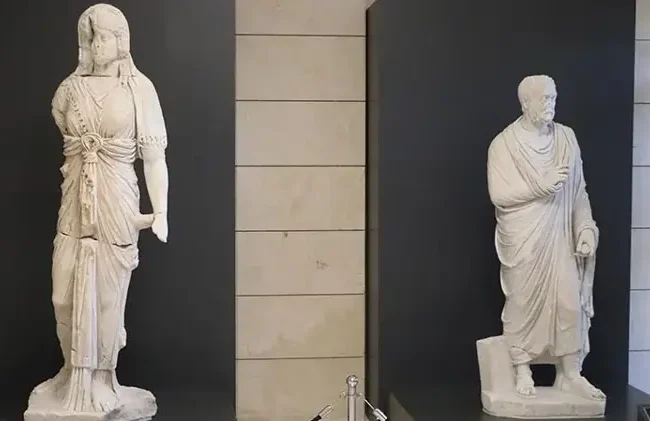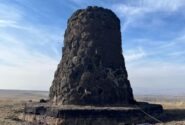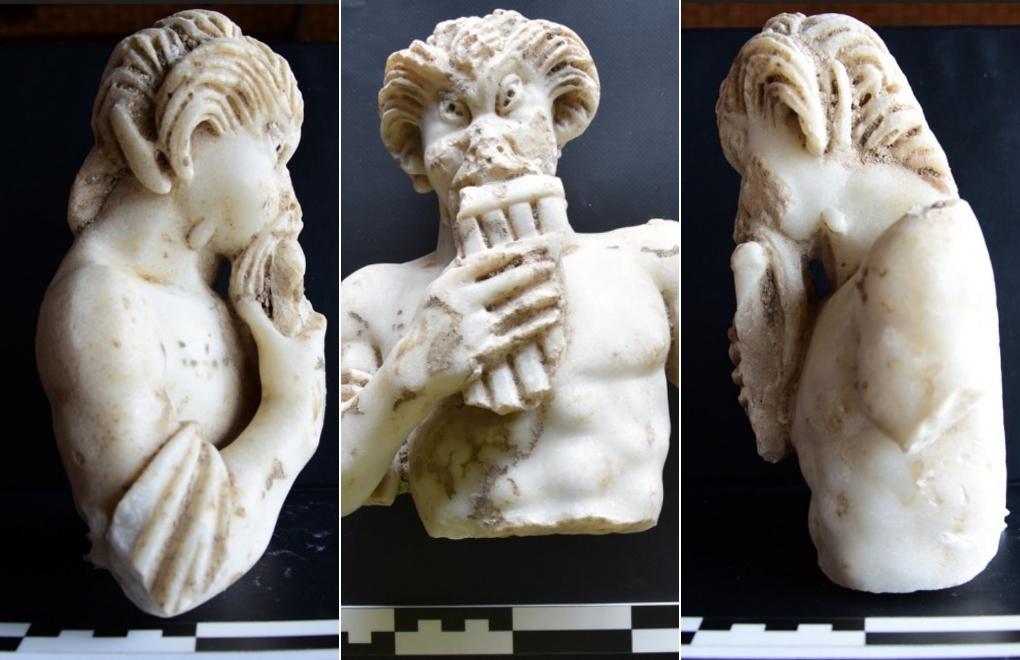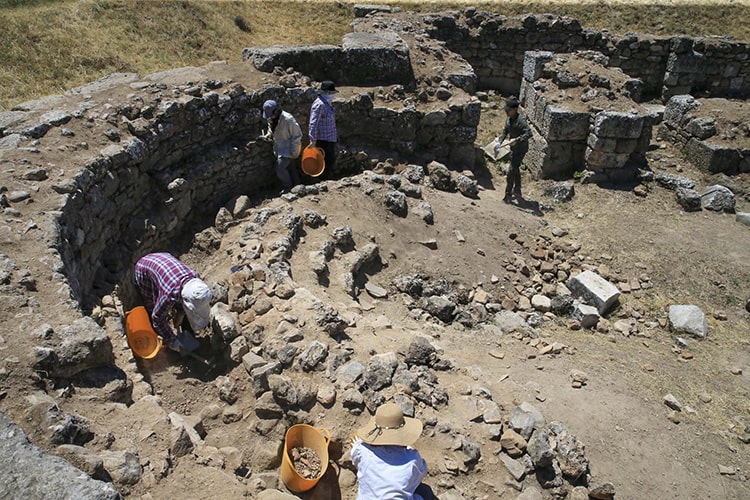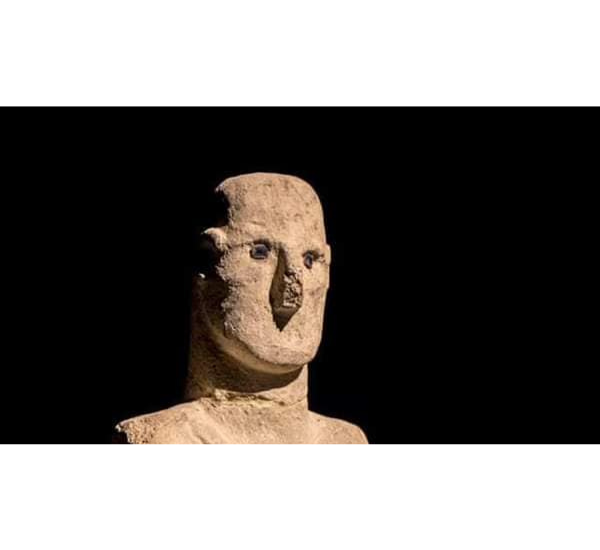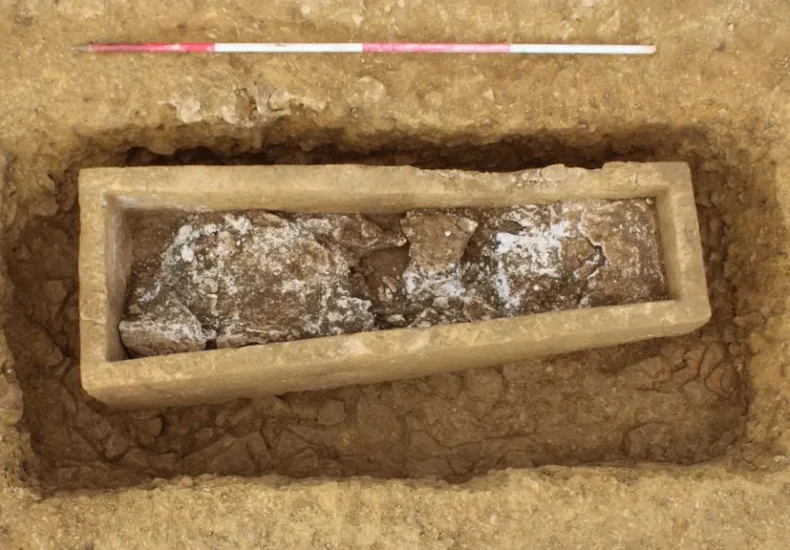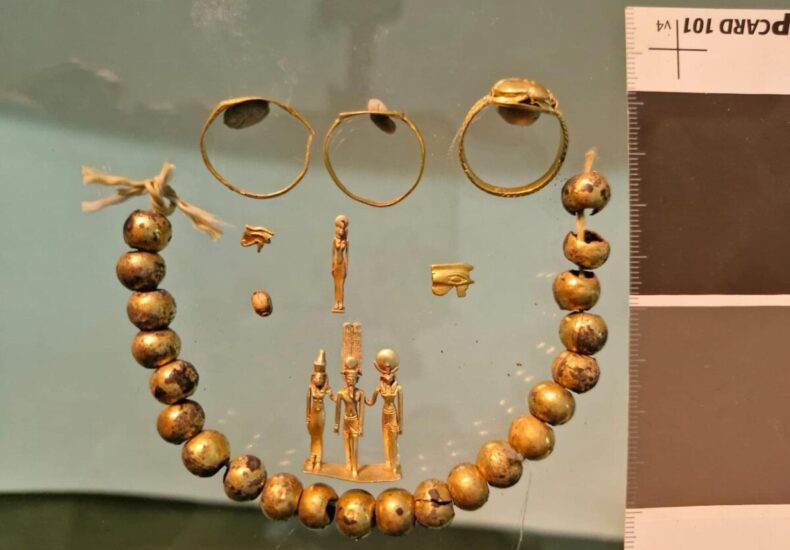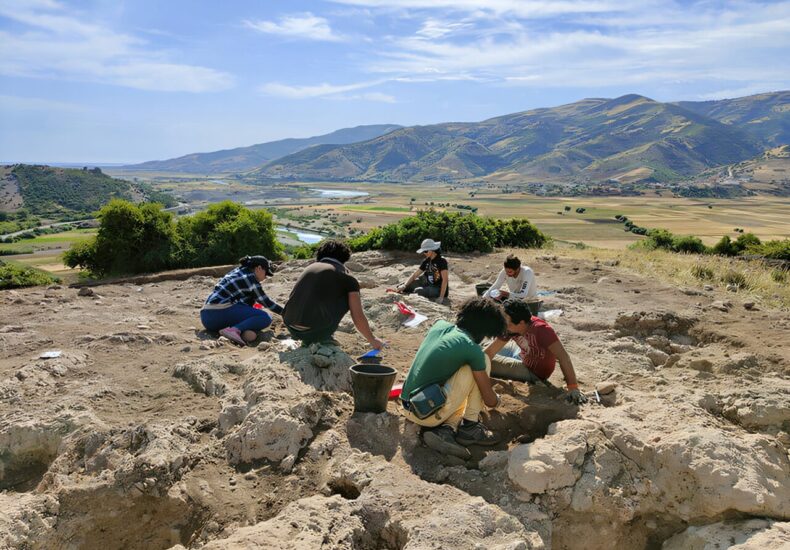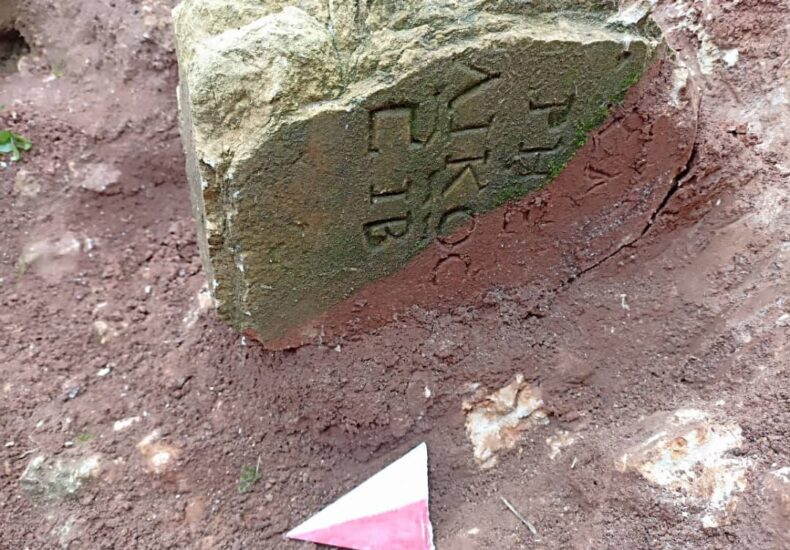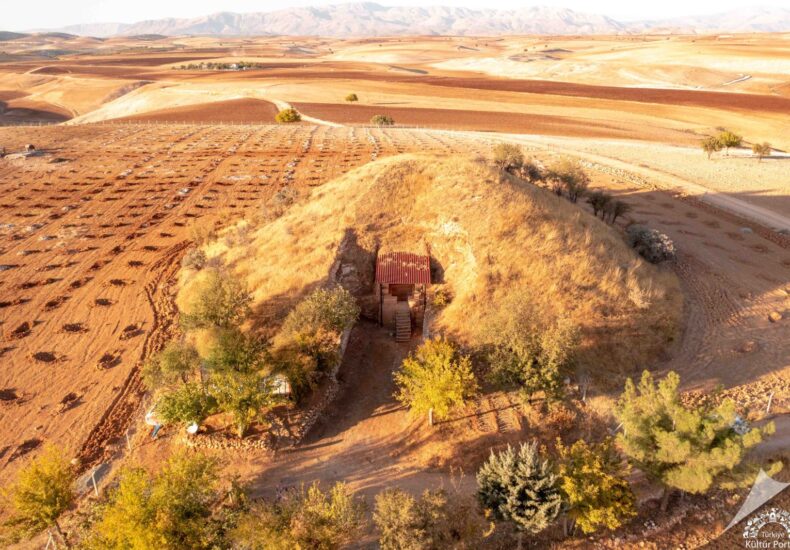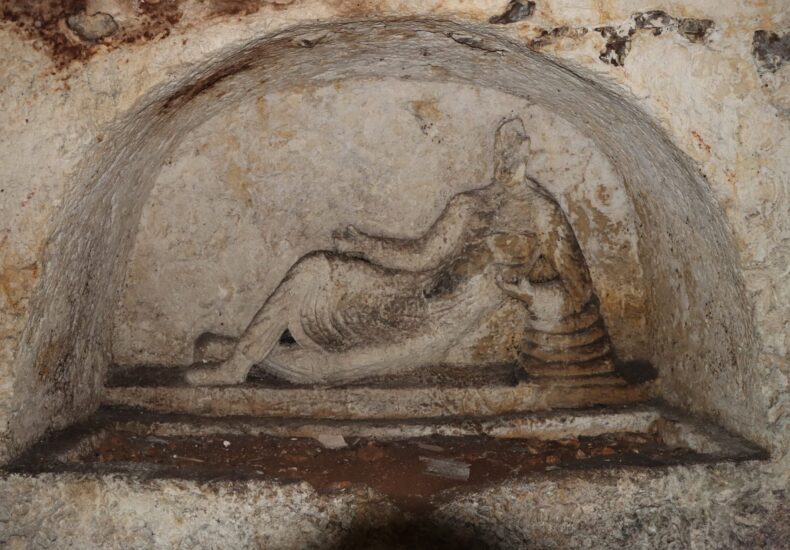Not Italian, but Anatolian: The Marble of Otto the Great’s Sarcophagus Traced to Marmara Island
For centuries, the monumental tomb of Otto I, known as Otto the Great, has stood at the heart of Magdeburg Cathedral as one of Europe’s most powerful symbols of medieval authority. Now, new scientific analyses have revealed that a crucial element of this imperial monument is not European at all, but Anatolian in origin. Experts





